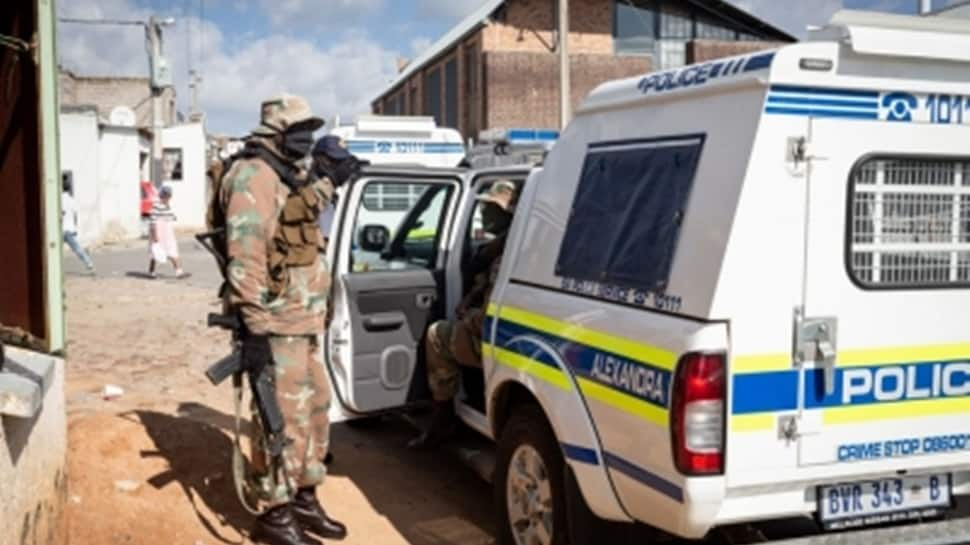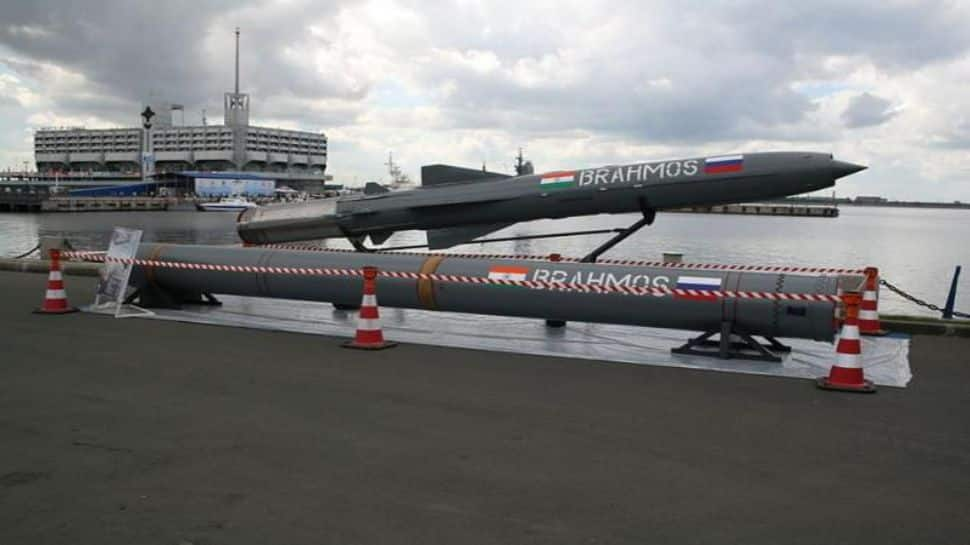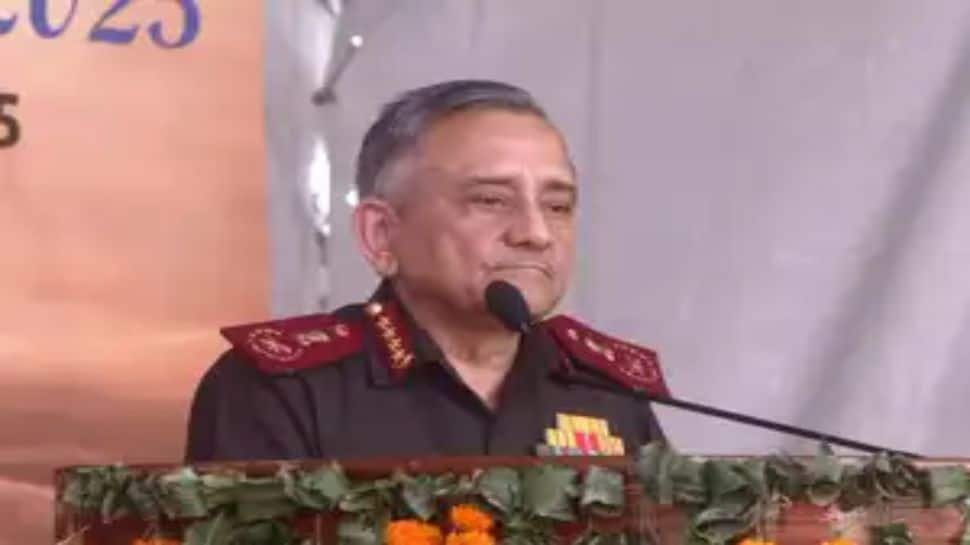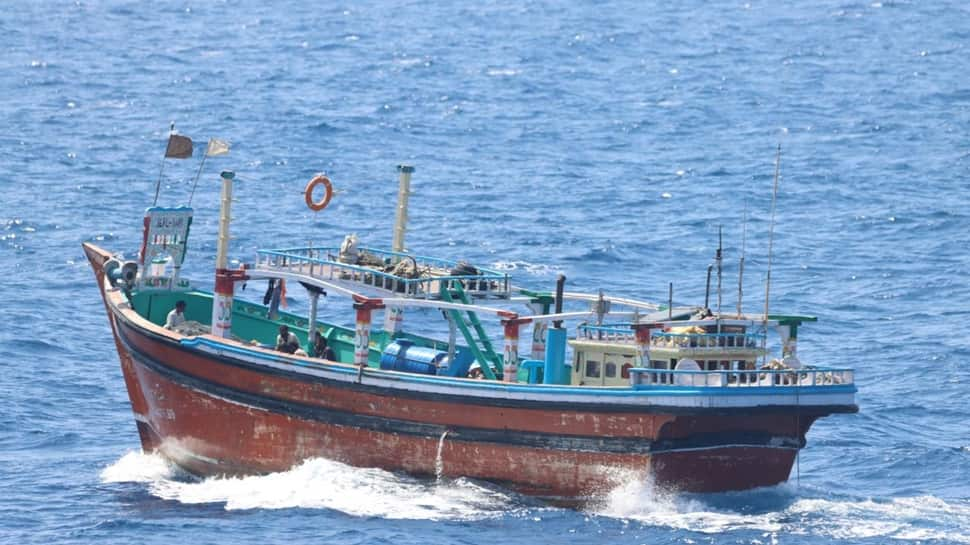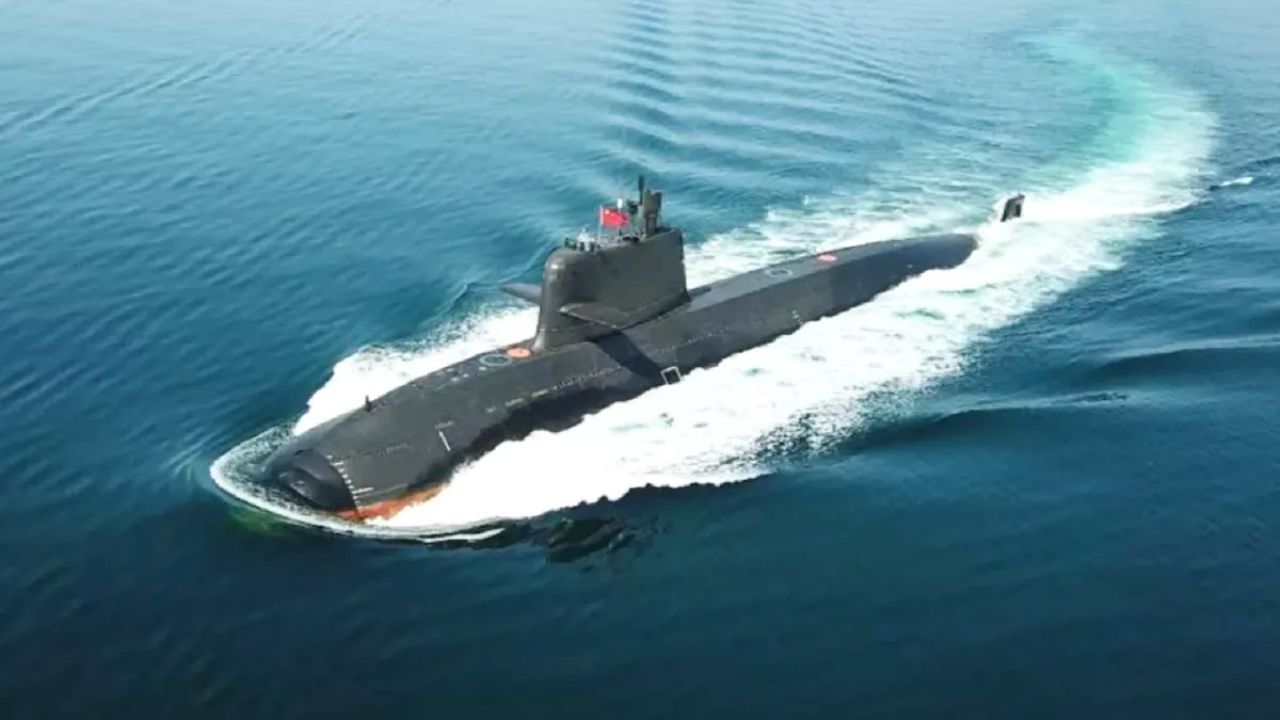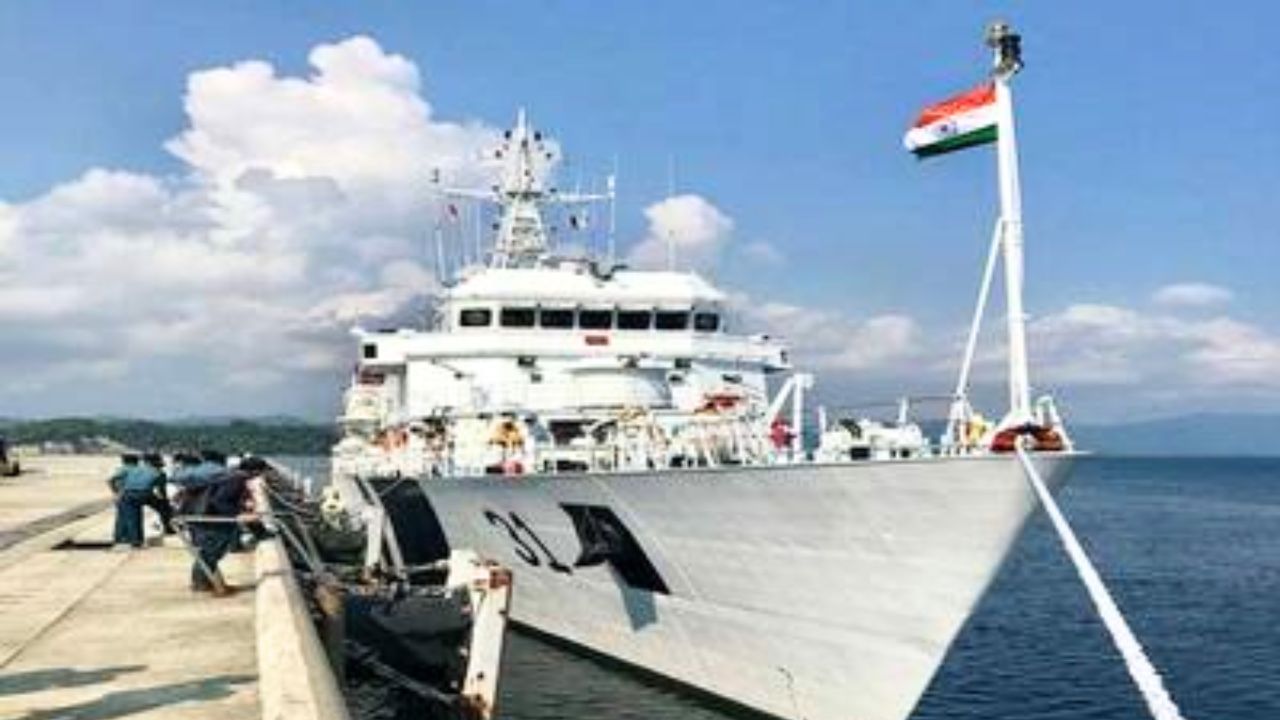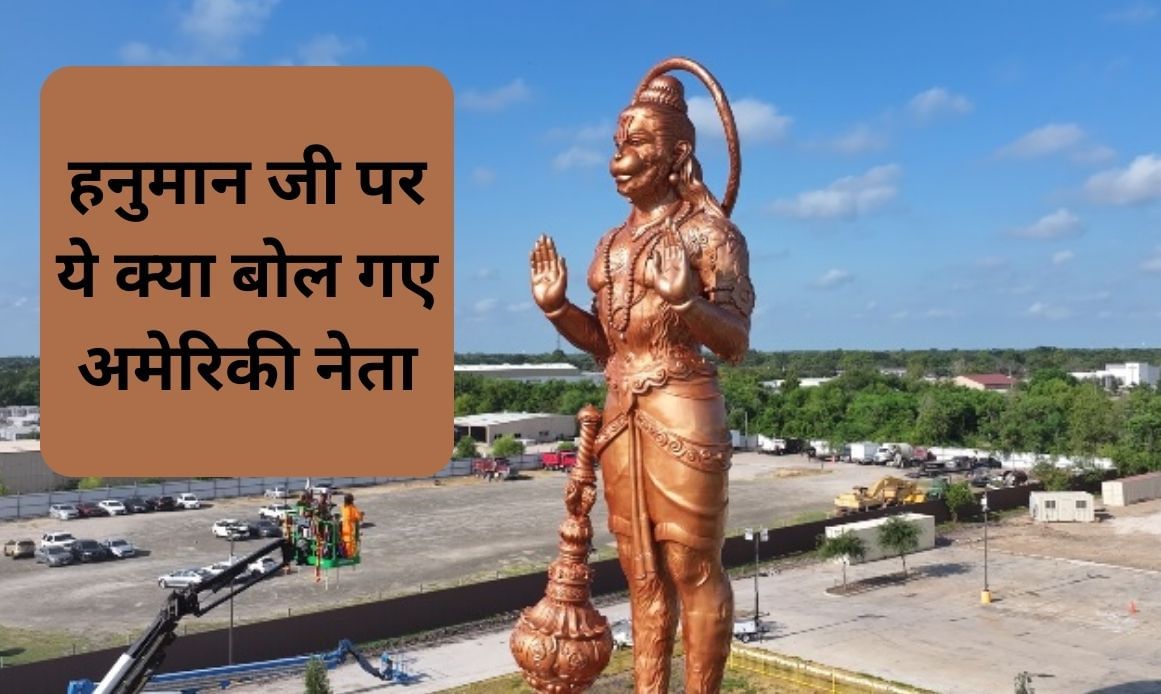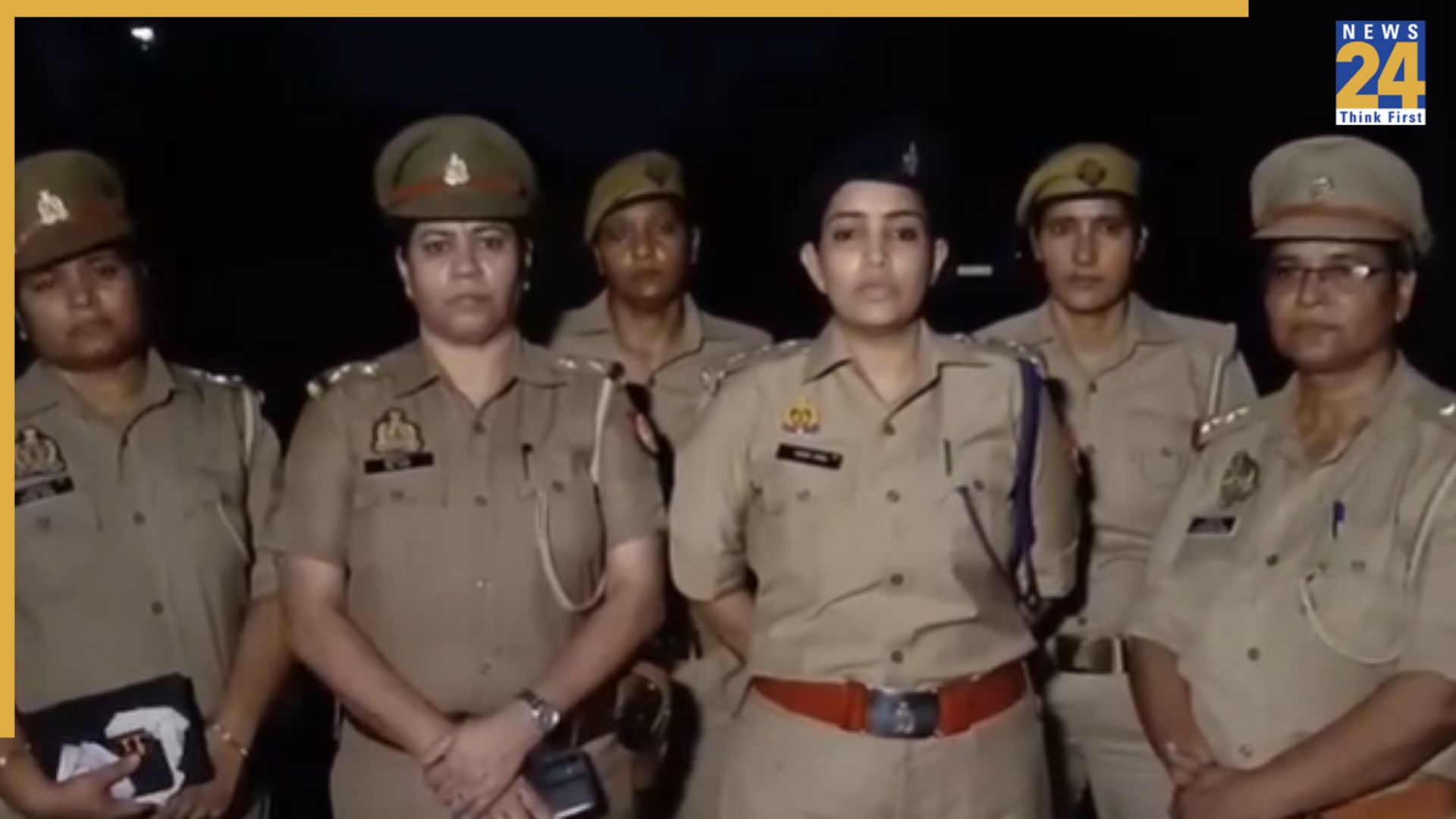Subscribe to Updates
Get the latest creative news from FooBar about art, design and business.
Browsing: Indian Ocean
China has delivered the third of eight advanced Hangor-class submarines to Pakistan. This move by Beijing is part of its effort to…
High-Level Meeting Between Indian and Sri Lankan Coast Guards to Strengthen Maritime Partnership
2 Mins Read
Amidst evolving geopolitical dynamics and increasing security challenges in the Indian Ocean region, the 8th high-level meeting between the Indian Coast Guard…
Maldives To Betray India? Muizzu Govt Likely To Permit Chinese ‘Spy’ Devices In Indian Ocean |
2 Mins Read
After the January 2024 row between India and Maldives following Prime Minister Narendra Modi’s visit to Lakshadweep, the two countries worked hard…
